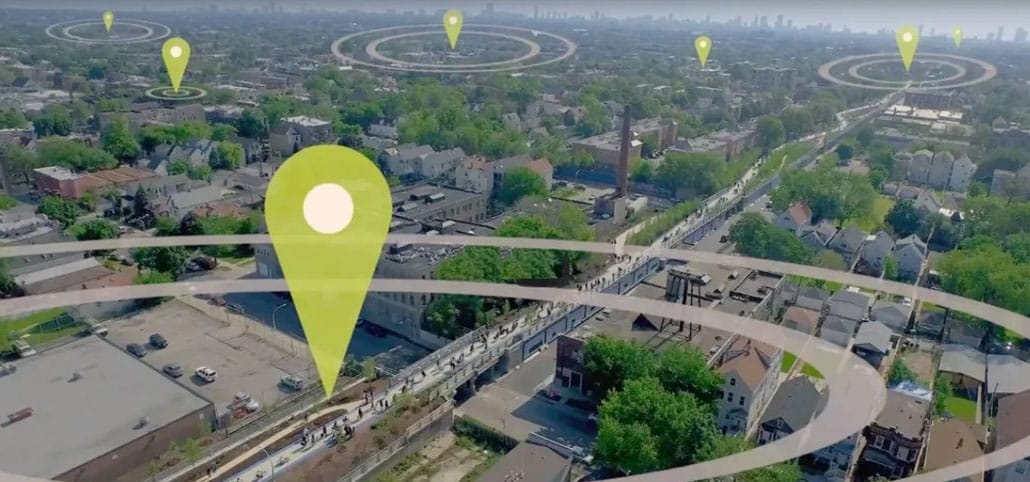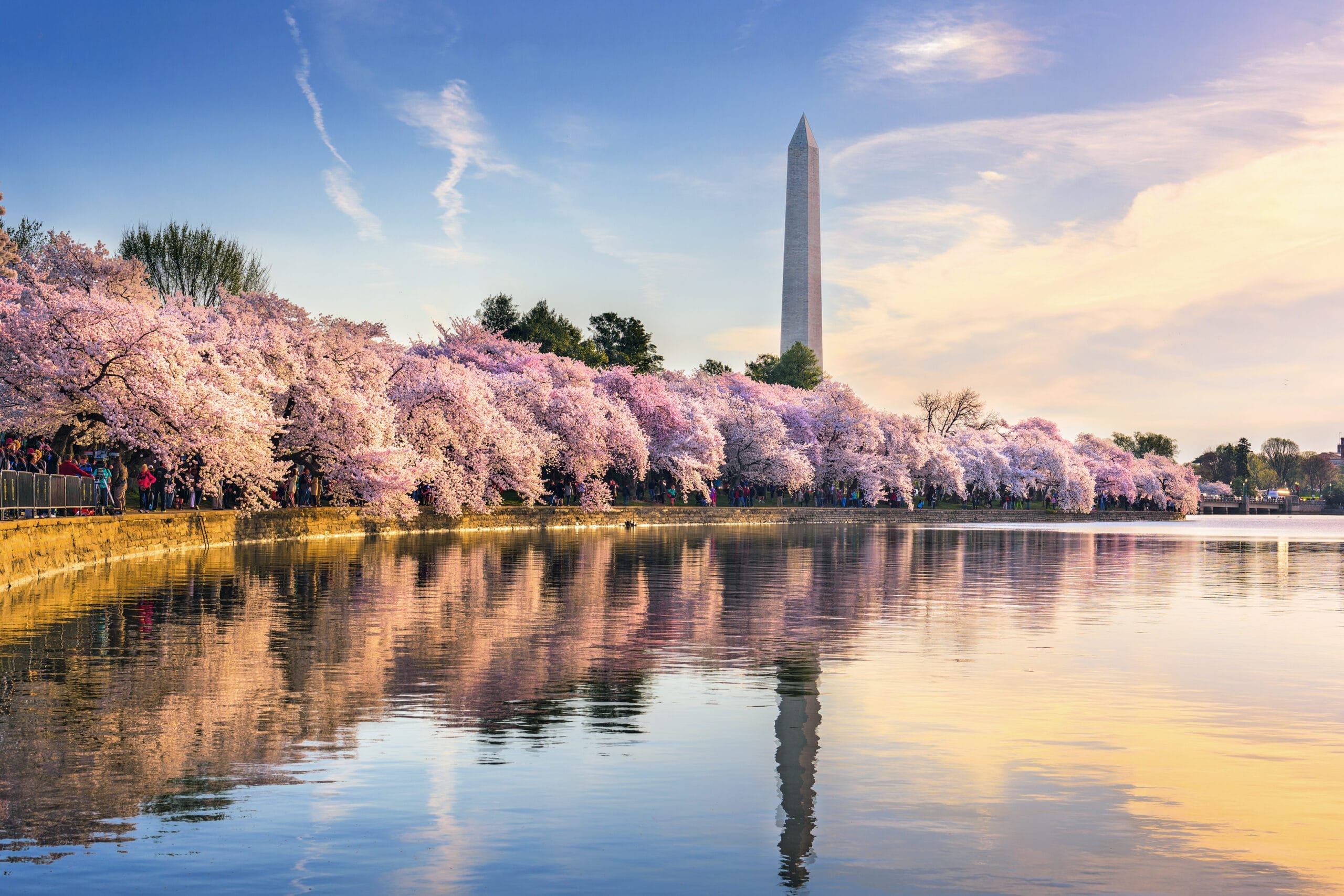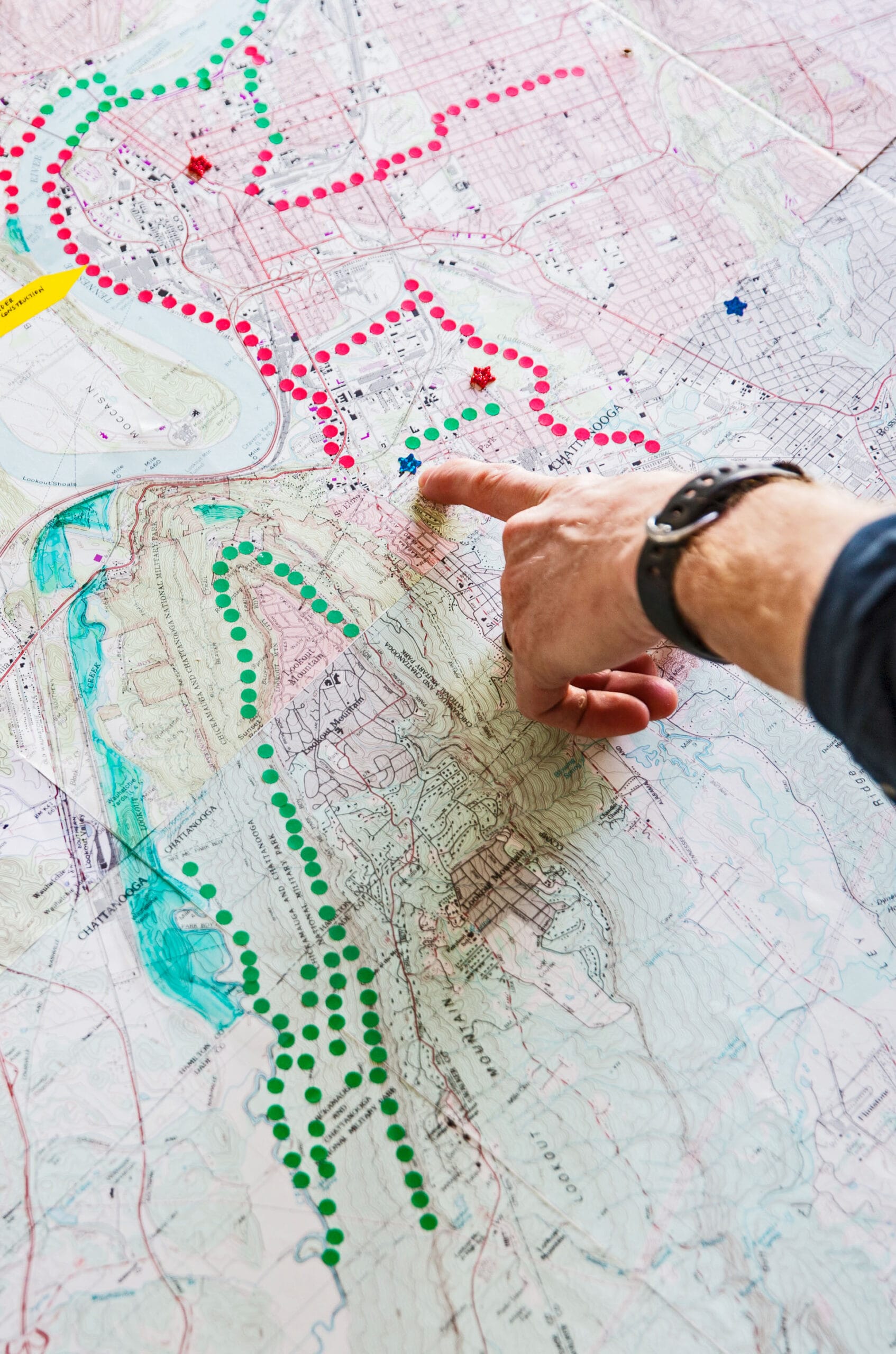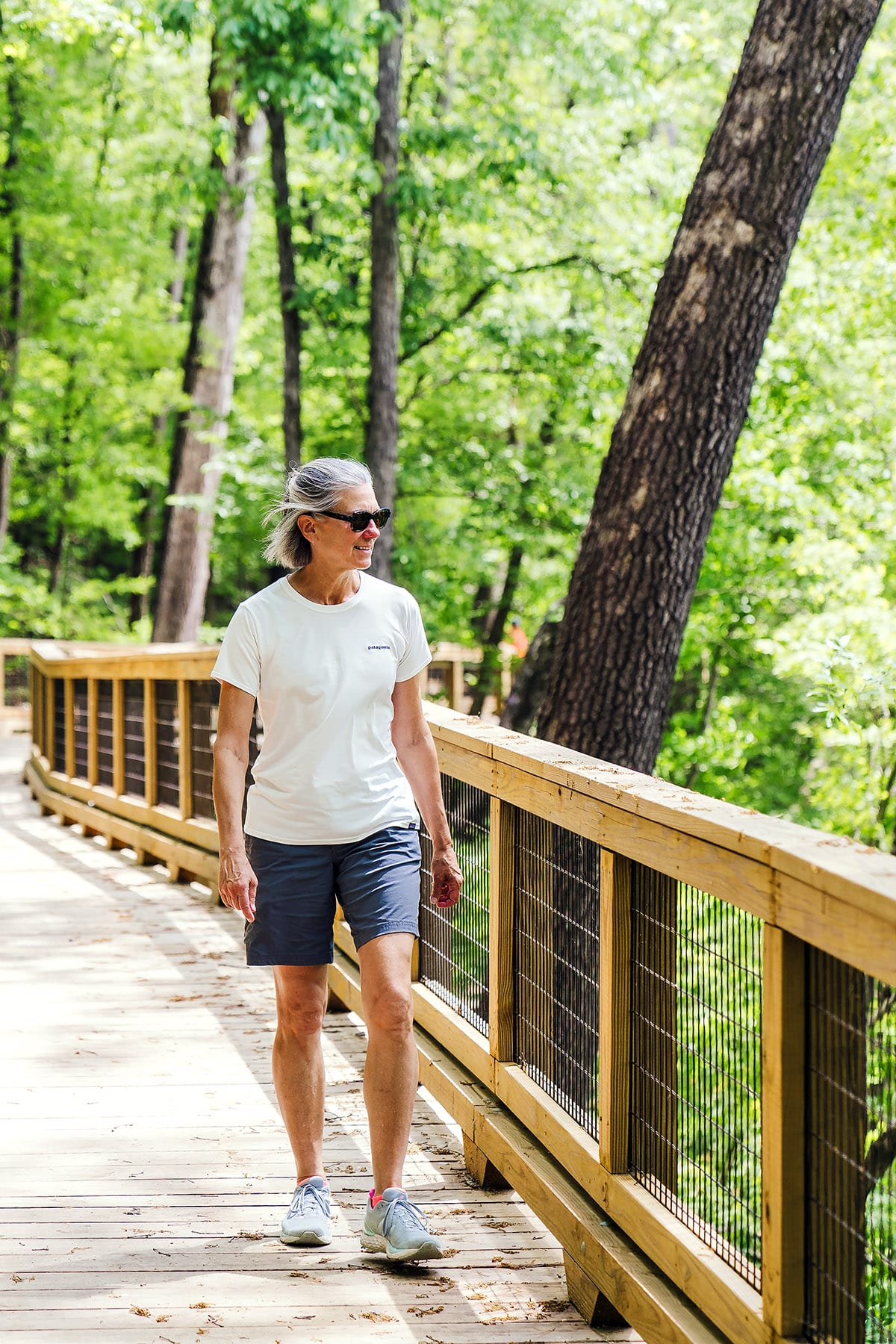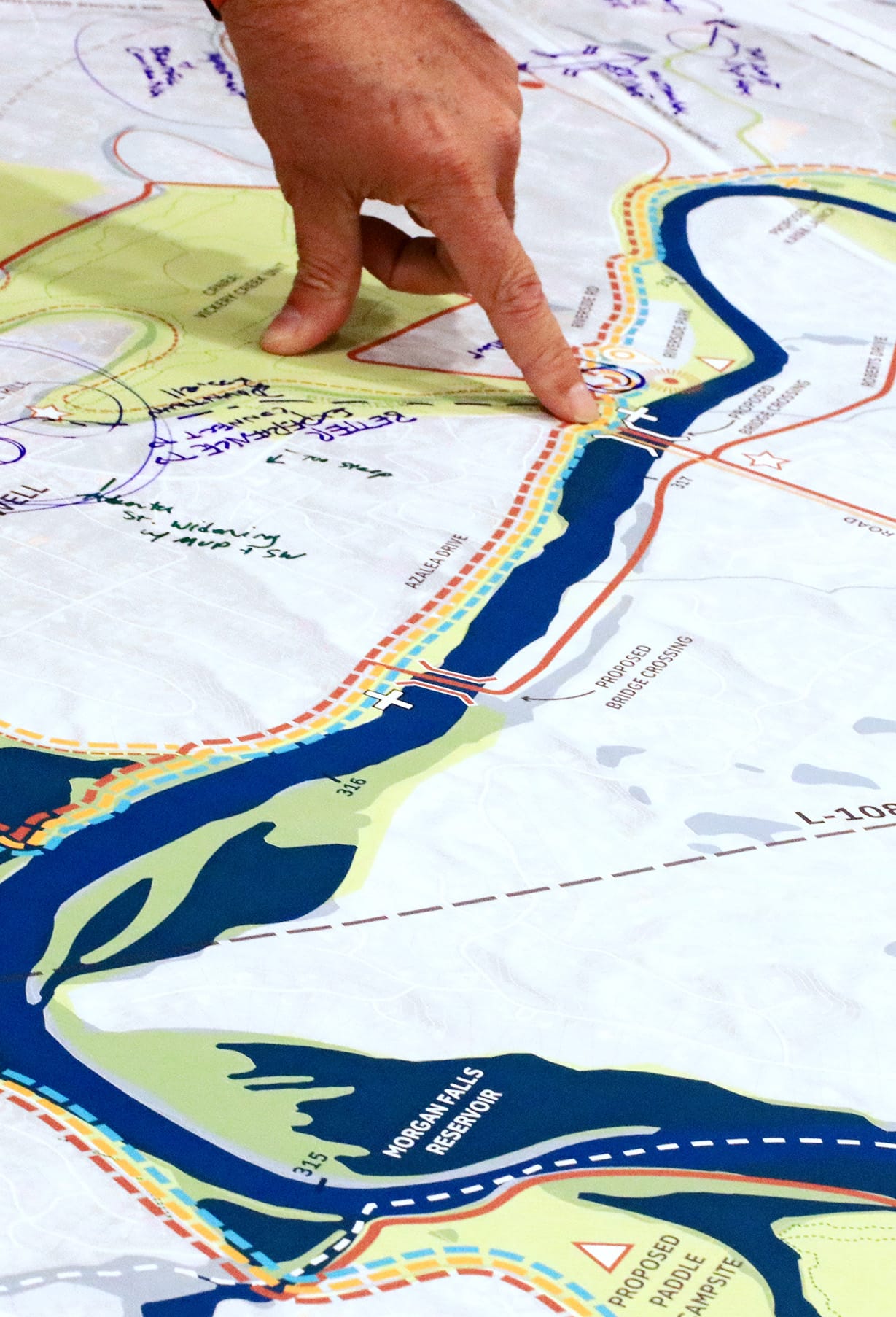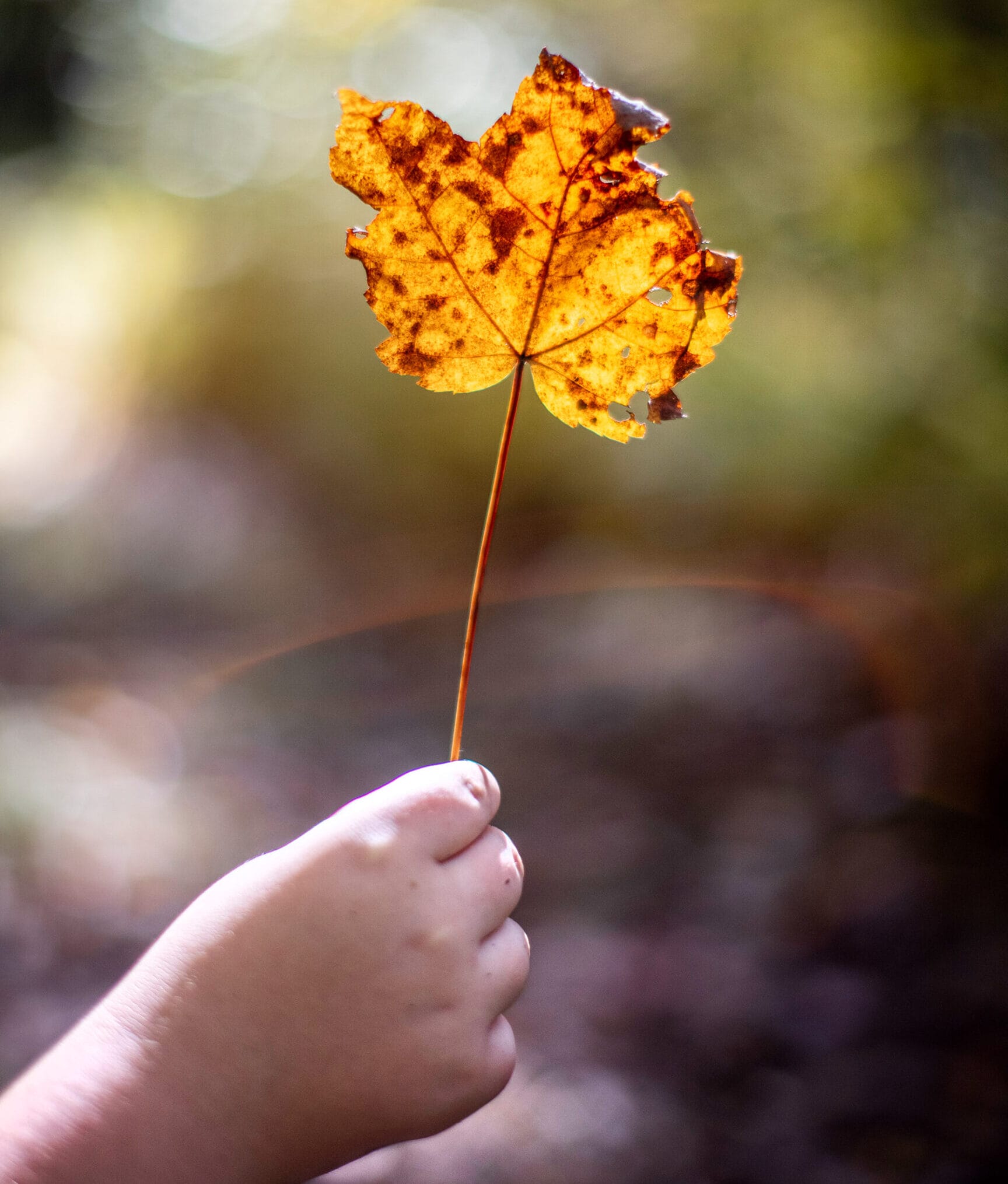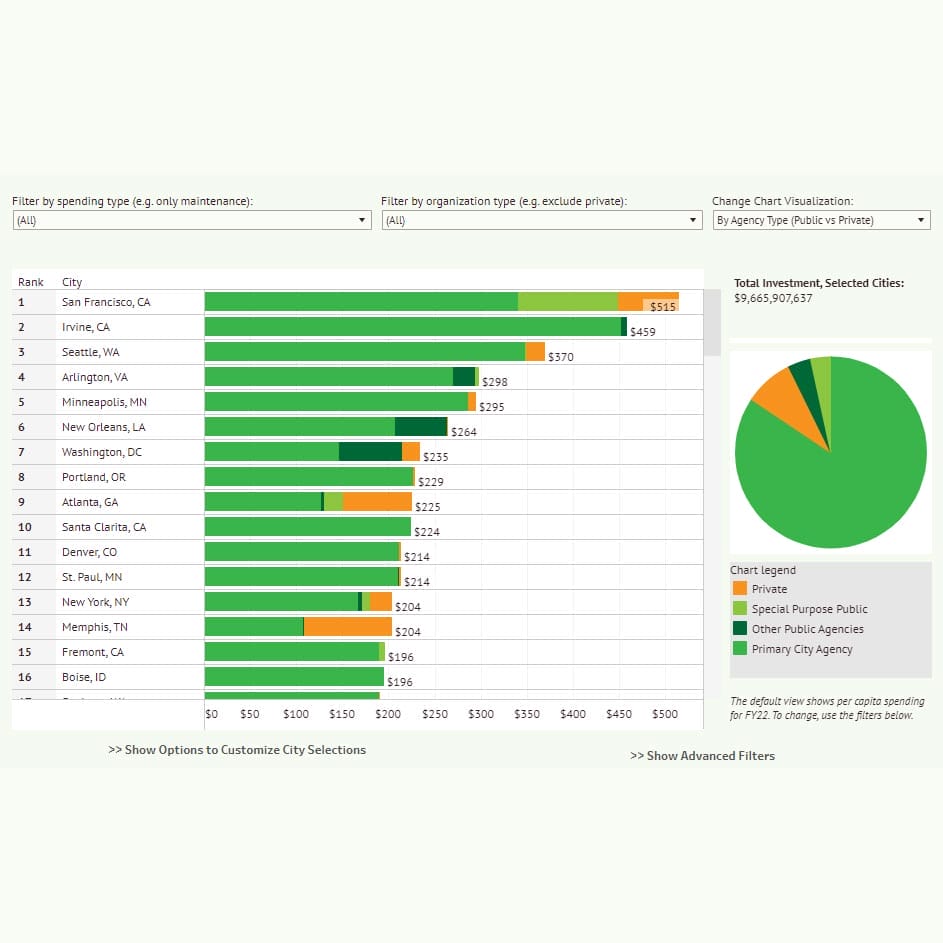We created the country’s most extensive database of local parks in nearly 14,000 cities, towns, and communities to measure equitable access to green space and identify priority areas that need more parks and trails.
Our ParkScore index is the most comprehensive comparison of park systems across the U.S. Updated every year, ParkScore ranks 100 of the most populated cities in the country in five categories: equity, access, investment, amenities, and acreage.
Every year, dozens of state and local governments vote to raise public funds in support of land conservation. Our LandVote Database is the premier source of information about these measures, bringing together the most comprehensive history of conservation finance measures on ballots across the country.
Created to assess the impacts of conservation efforts, Conservation Almanac allows you to discover, analyze, and map the results of federal, state, and local funding for conservation since 1998.
NCED gathers records from both land trusts and public agencies in a public-private partnership.
This data helps organizations plan more strategically, identify opportunities for collaboration, advance public accountability, and raise awareness of what’s happening in conservation.
This tool helps people make informed decisions about locations with high potential for protecting stored carbon and increasing carbon uptake.
Each year, Trust for Public Land compiles data on parks across the nation’s 100 most populous cities, which represent about 20% of the U.S. population. This dataset aggregates park inventories – investment, acreage, and amenities – across all public and private organizations in each city, making it the most comprehensive dataset of its kind.
How Can We Help?
Do you have a question about The Land and People Lab? We’re glad you’re interested in helping us connect everyone to the outdoors. Tell us how we can support you or your organization.
Give us a few details and we’ll get back to you soon.


